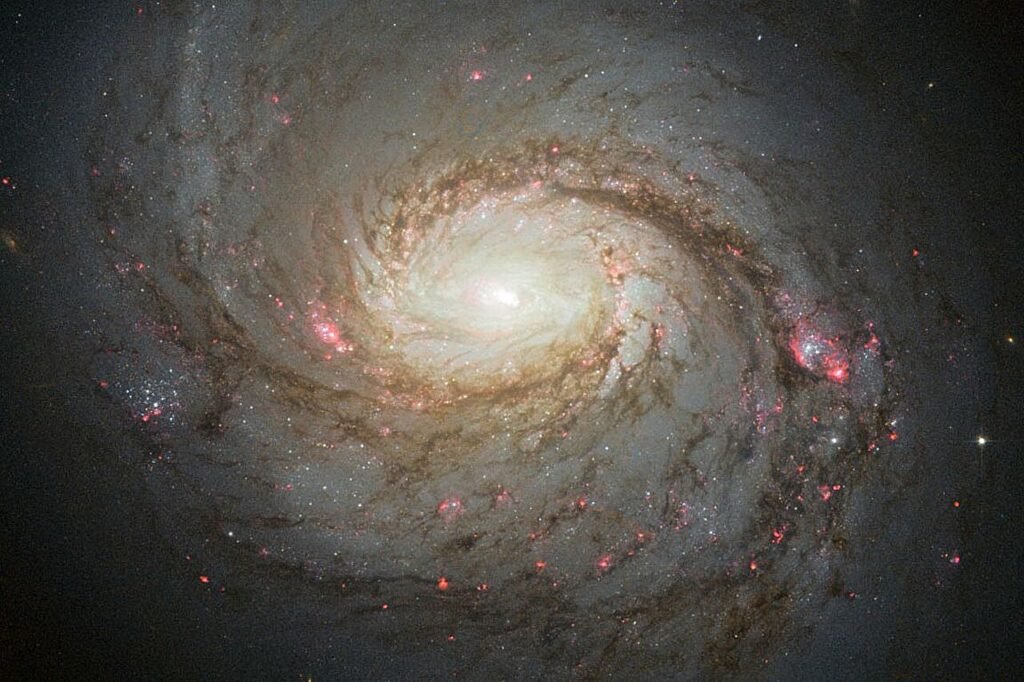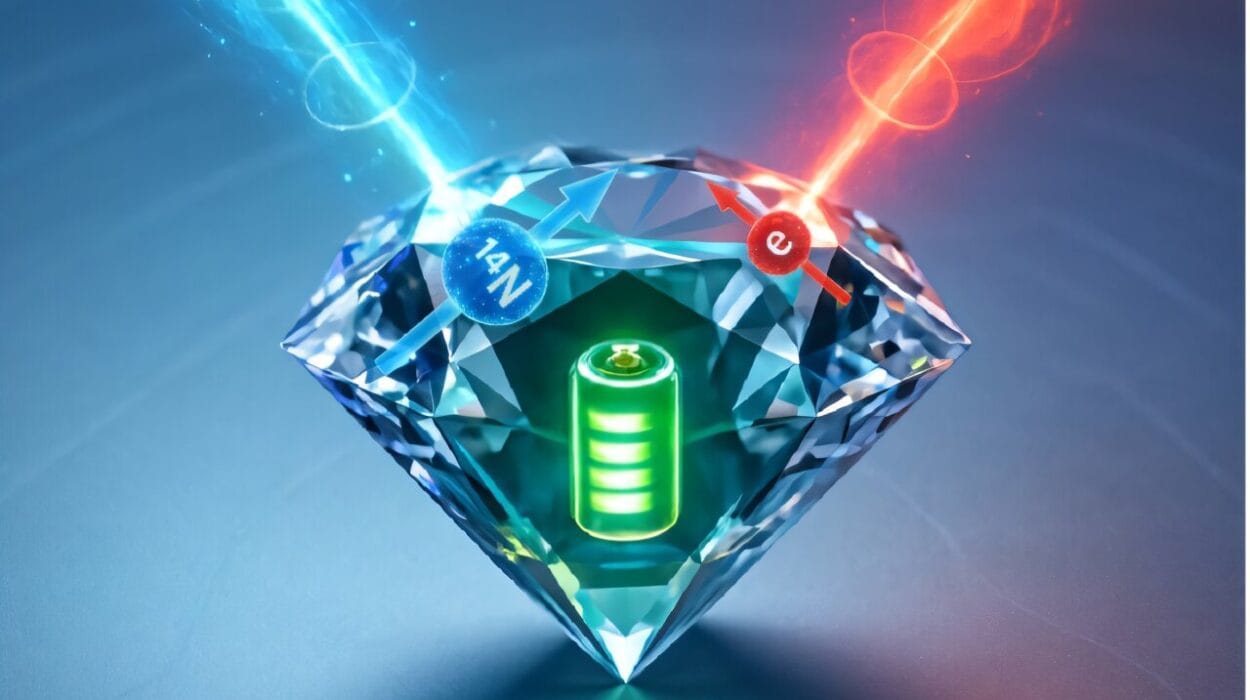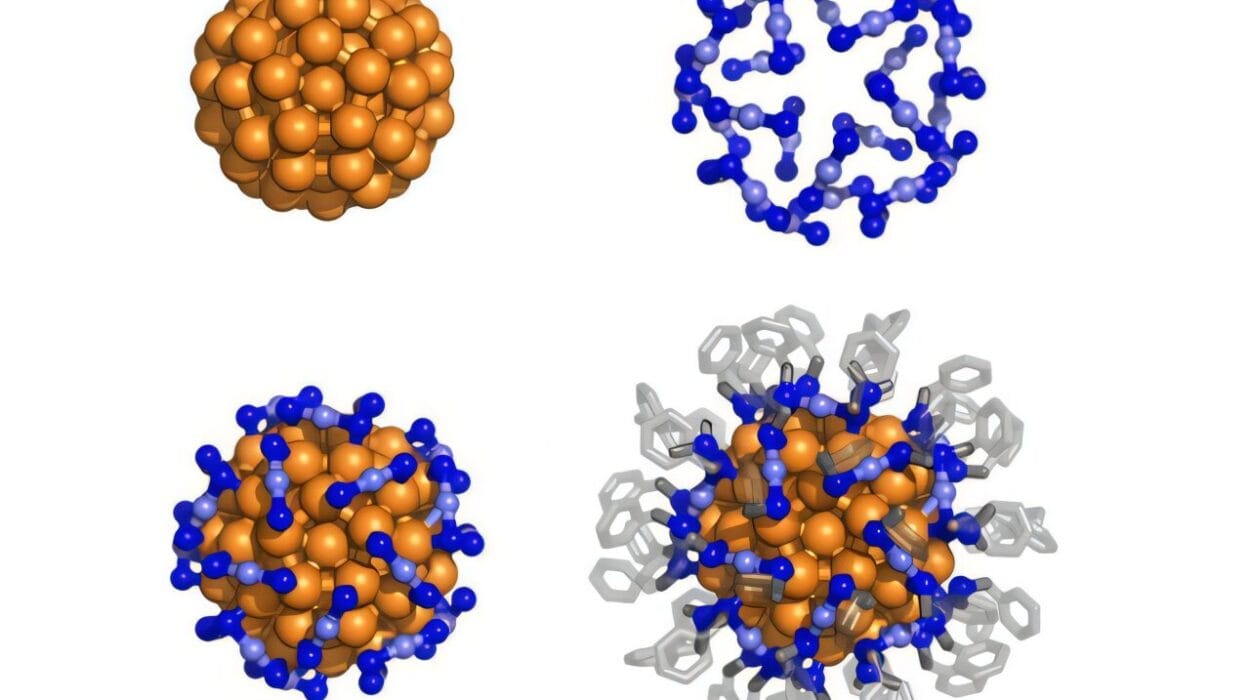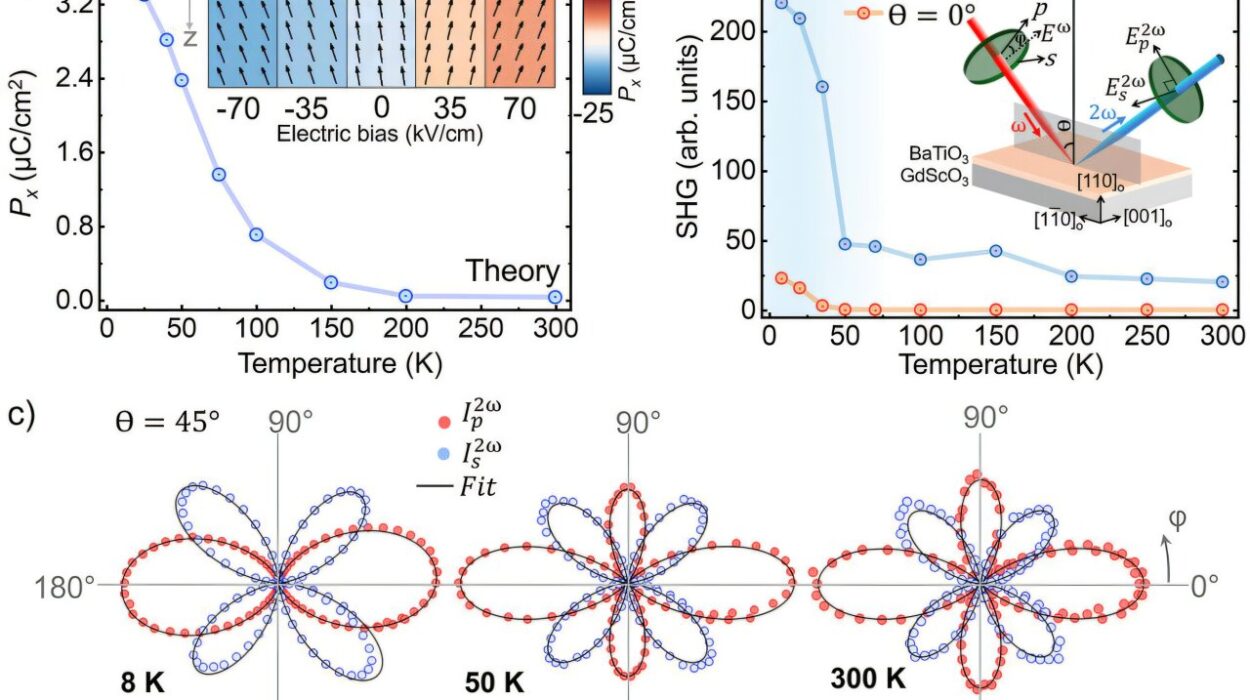Deep beneath the frozen surface of Antarctica, a strange set of eyes stares silently into the heart of the cosmos. These eyes belong not to a creature, but to a sprawling scientific installation—the IceCube Neutrino Observatory. And from its icy perch at the bottom of the world, IceCube has glimpsed something both extraordinary and mystifying: a powerful burst of ghostly particles called neutrinos coming from a distant galaxy known as NGC 1068—also nicknamed the Squid Galaxy. But what’s especially strange is what wasn’t there.
NGC 1068 emitted a remarkably strong neutrino signal without the gamma-ray fireworks typically expected to accompany such a cosmic spectacle. The mismatch is baffling astronomers and inspiring a new wave of bold scientific theories—ones that may reshape our understanding of the universe’s most extreme environments and the particles that slip invisibly through them.
A Different Kind of Telescope
Traditionally, telescopes observe the universe through light—visible, radio, X-ray, and other electromagnetic waves. But not everything in the cosmos can be seen this way. Some of the most violent and energetic phenomena—like supermassive black holes and exploding stars—produce particles that don’t radiate light at all. Instead, they release neutrinos, subatomic particles so elusive they can pass through entire planets without leaving a trace.
That’s where the IceCube Neutrino Observatory comes in. It doesn’t look like a telescope in the traditional sense. Instead, it’s a vast cube of Antarctic ice—1 cubic kilometer, to be exact—embedded with 5,160 sensors that detect the rare flashes of light produced when a neutrino does happen to interact with a particle of ice.
“We have telescopes that use light to look at stars, but many of these astrophysical systems also emit neutrinos,” explains Alexander Kusenko, a physicist at UCLA and senior fellow at the Kavli Institute for the Physics and Mathematics of the Universe. “To see neutrinos, we need a different type of telescope, and that’s the telescope we have at the South Pole.”
The Curious Case of the Squid Galaxy
NGC 1068, or the Squid Galaxy, lies about 47 million light-years away in the constellation Cetus. It’s one of the brightest and most studied active galactic nuclei (AGN) in the night sky, with a central supermassive black hole surrounded by a glowing accretion disk and jets blasting matter into space at near-light speeds.

In 2022, IceCube detected an unexpected spike in high-energy neutrinos coming from the direction of NGC 1068. Normally, such neutrino surges are matched by strong emissions of gamma rays—the most energetic form of light—created by the same particle interactions. But in this case, the gamma-ray signal was conspicuously faint.
This contradiction has confounded researchers. According to established models, energetic neutrinos and gamma rays are often produced together through interactions between high-energy protons and ambient photons—known as proton-photon collisions. The process releases both neutrinos and gamma rays in abundance.
But in NGC 1068’s case, the numbers didn’t add up. The neutrinos were there. The gamma rays were not.
A New Theory of Neutrino Production
Faced with this mystery, theoretical physicists from UCLA, the University of Osaka, and the University of Tokyo’s Kavli IPMU proposed a daring new explanation. Published in Physical Review Letters, their model suggests that the high-energy neutrinos are being born through an alternate route—nuclear decay, not proton-photon collisions.
Here’s the idea: within the jets emitted by NGC 1068’s black hole, helium nuclei—each made of two protons and two neutrons—are accelerated to extreme velocities. When these helium nuclei collide with the intense ultraviolet radiation flooding from the galactic center, they break apart in a process known as photodisintegration.
This fragmentation releases free neutrons. And neutrons, unlike protons, are unstable when left on their own. After a short time, they decay—producing a proton, an electron, and, crucially, a neutrino.
This process explains the mystery: while protons produce both gamma rays and neutrinos during collisions, neutron decay releases only neutrinos, with very few gamma rays. It’s a cleaner, quieter path for neutrino production—one that matches the IceCube observations from NGC 1068.
Gamma Rays on the Sidelines
Interestingly, this model doesn’t eliminate gamma rays entirely—it just downgrades them to a supporting role. The electrons produced by neutron decay still interact with the surrounding radiation, generating a weaker gamma-ray glow. This secondary process produces gamma rays that are much fainter and have a different spectral signature than what we’d expect from traditional models.
The result? A powerful neutrino flare with only a whisper of accompanying gamma rays—just like the IceCube data show.
“NGC 1068’s gamma-ray emission is significantly lower than expected and shows a distinctly different spectral shape,” Kusenko explains. “If our scenario is confirmed, it tells us something about the environment near the supermassive black hole at the center of that galaxy.”
Unlocking Hidden Neutrino Factories
This discovery has wider implications than just solving a mystery from one galaxy. It suggests the existence of a previously hidden population of astrophysical neutrino sources—galaxies that are beaming neutrinos across the universe, but doing so in a way that produces very little light. These cosmic neutrino factories could have gone unnoticed until now because their gamma-ray signals were too faint to detect.
“This idea offers a new perspective beyond traditional corona models,” says co-author Yoshiyuki Inoue from the University of Osaka. “NGC 1068 is just one of many similar galaxies in the universe, and future neutrino detections from them will help test our theory and uncover the origin of these mysterious particles.”
The concept also highlights the unique properties of helium. As UCLA doctoral student and study co-author Koichiro Yasuda notes, “Hydrogen only has a proton, and if that proton runs into photons, it will produce both neutrinos and strong gamma rays. But neutrons from helium have an additional way of forming neutrinos that don’t produce gamma rays. So helium is the most likely origin of the neutrinos we observe from NGC 1068.”
A New Era in Neutrino Astronomy
For decades, neutrinos have remained one of the most enigmatic particles in physics. They are everywhere, yet almost invisible. Trillions pass through your body every second without a trace. But now, thanks to instruments like IceCube, we’re beginning to see them—and the exotic environments that create them—with greater clarity.
This new understanding of neutrino origins doesn’t just advance astrophysics. It opens a window into the extreme, turbulent realms near supermassive black holes—places where gravity warps space and time, and atoms are shattered like glass.
And although the applications of such discoveries may seem remote, history teaches us that pure science has a way of shaping our future in unexpected ways.
“When J.J. Thompson received the 1906 Nobel Prize in physics for the discovery of electrons, he famously gave a toast saying that this was probably the most useless discovery in history,” Kusenko reminds us. “And, of course, every smartphone, every electronic device today, uses the discovery that Thompson made nearly 125 years ago.”
Similarly, advances in particle physics gave rise to the World Wide Web, born from physicists’ need to share data. Nuclear magnetic resonance research ultimately led to MRI machines—now a staple in modern medicine.
Cosmic Questions, Earthly Impacts
Neutrino astronomy is still in its infancy. But each new insight, like the discovery from NGC 1068, propels us further into this uncharted scientific frontier. The Squid Galaxy has shown that the universe is capable of hiding vast processes in plain sight—revealed only through the faintest of clues.
“We stand at the very beginning of the new field of neutrino astronomy,” Kusenko says. “And the mysterious neutrinos from NGC 1068 are one of the puzzles we have to solve along the way.”
That journey will take decades. It will require perseverance, government support, and the curiosity of generations of scientists. But if history is any guide, the return on this cosmic investment may one day be just as transformative as the technologies we now take for granted.
As we peer through the ice toward distant galaxies, the message is clear: the universe still has secrets to share—and neutrinos may be the quiet messengers that carry them.
Reference: Koichiro Yasuda et al, Neutrinos and Gamma Rays from Beta Decays in an Active Galactic Nucleus NGC 1068 Jet, Physical Review Letters (2025). DOI: 10.1103/PhysRevLett.134.151005. On arXiv: DOI: 10.48550/arxiv.2405.05247






